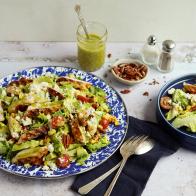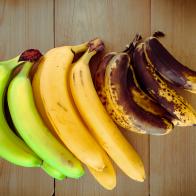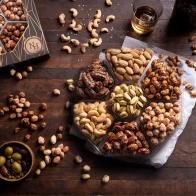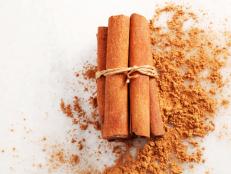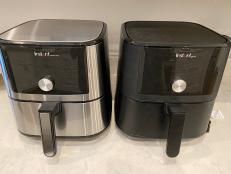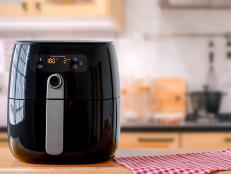At a Thai Restaurant
Whole books have been written about Thai food's relationship to curries; here's the most-basic outline. The sort of Thai curries that you commonly see in restaurants are made by combining curry pastes with coconut milk and then simmering meat and vegetables in the mixture. Yellow curry paste is made just with shrimp paste and lemongrass. Green and red curry pastes have a similar base: They're both made with chiles, garlic, shallots, lemongrass, makrut lime leaves, cilantro roots and coriander seeds (and sometimes also shrimp paste, depending on the kind you get). Green curry uses fresh chiles, while red curry uses dried. Massaman curry adds warm spices (like cardamom, cinnamon, cumin, nutmeg and cloves) to the red curry paste base; it's usually served with non-pork meat. Penang curry adds peanuts to the base and palm sugar to the final stew, resulting in a sweeter, milder and richer curry.
Photo: marhero/Getty Images
